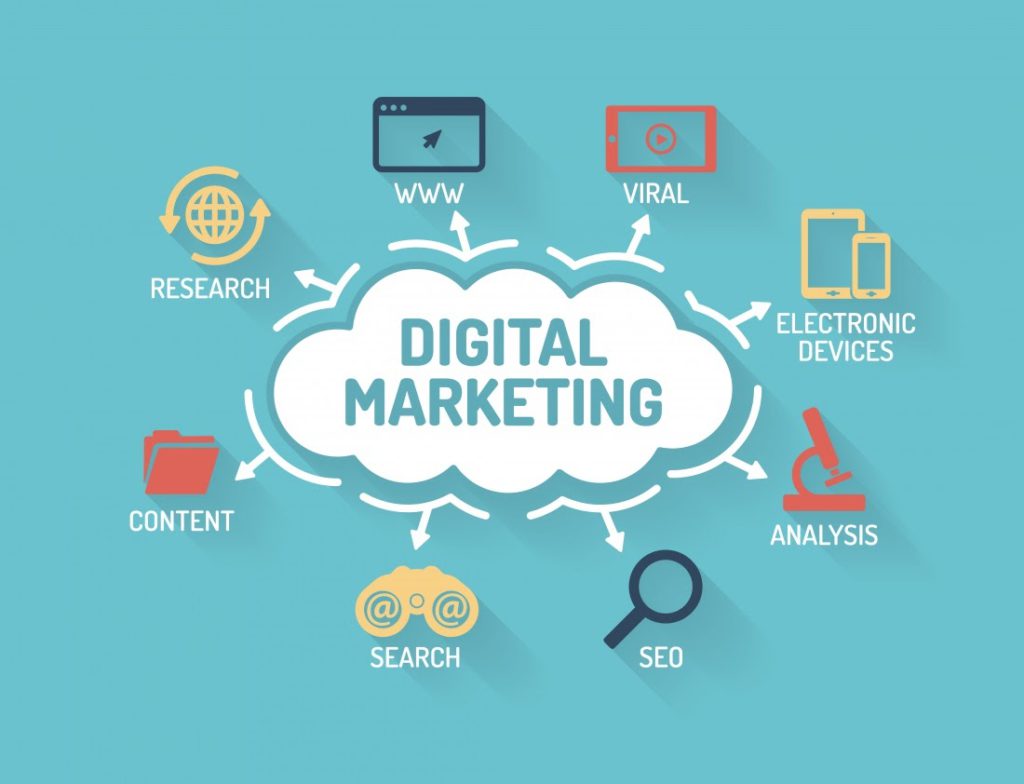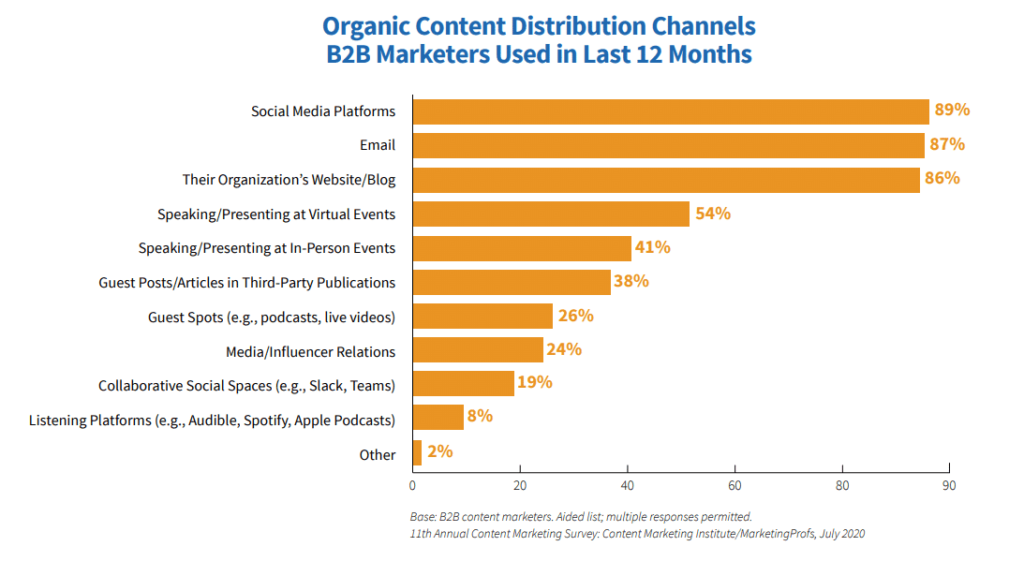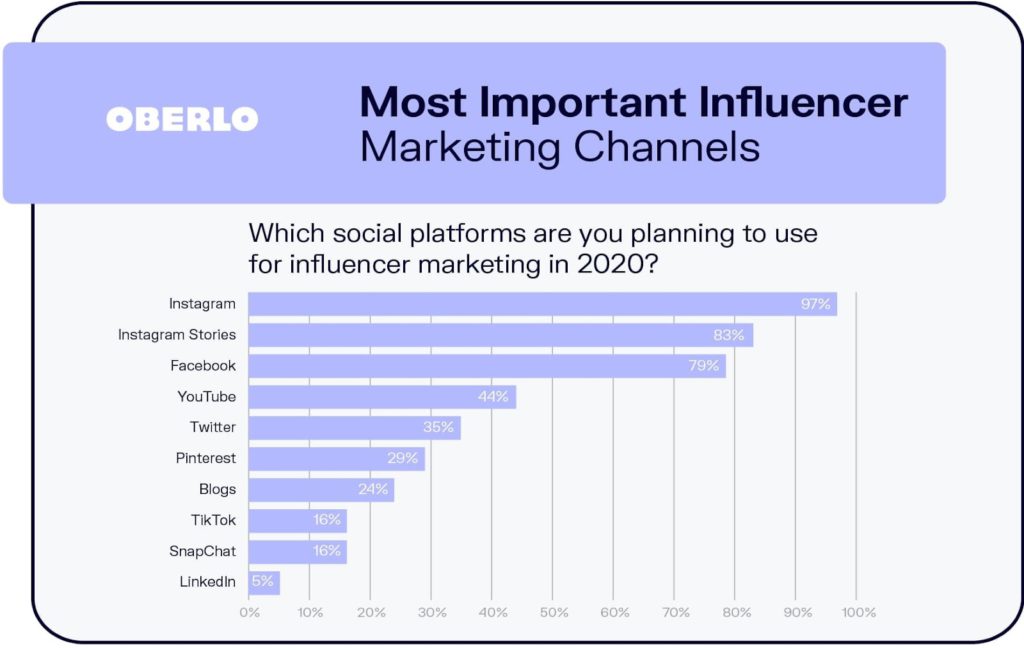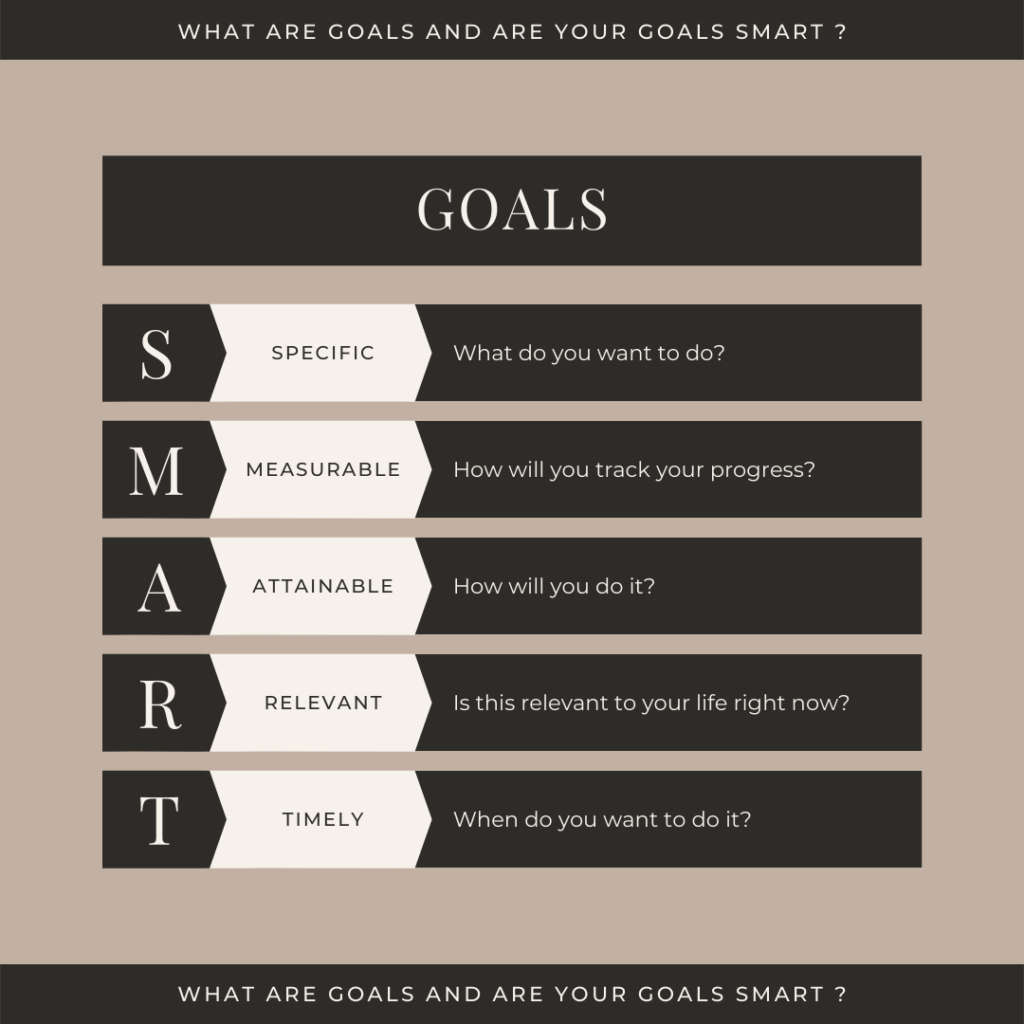Digital Marketing Doesn’t Have To Be Hard: Read These 16 Tips and Tricks

Table of Content
- Introduction
- How Does Digital Marketing Affect Your Business?
- 16 Easy To Follow Digital Marketing Tips and Tricks
- Step-wise Guide to Make a Digital Marketing Plan
- Conclusion
- FAQs
According to Investopedia, digital marketing is the use of the internet, mobile devices, social media, search engines, display advertising, and other digital channels to reach consumers. Thus, it is also called internet marketing. Digital marketing statistics by WebStrategies in 2020 said that the expenditure on online marketing would make up 46% of the total global ad spend in 2021.
However, digital marketing was pretty easy to do during its early days. It has now gotten way more intricate with multiple digital marketing mediums and platforms to choose from. This level of intricacy also means that brands get to super-target their consumers from one platform to the other according to their demographics, purchase patterns, and several other statistics.
However, it can be daunting for beginners to understand how to excel at digital marketing, and this article will reveal the 16 best digital marketing tips to get you started.
But before that, let’s have a quick look at the basics of digital marketing.
The Basics of Digital Marketing

Digital marketing essentially means leveraging digital mediums through the internet. The internet means websites, mobile searches, social media, emails, and search engines. This type of marketing allows marketers to reach millions of people worldwide with the help of the least possible resources.
Whether you want local or worldwide online presence or traffic, digital media is what will get you there. Marketing essentially means bridging the gap between businesses and customers. Digital marketing means bridging the gap between companies and customers digitally.
Now that we know what digital marketing is let’s look at what digital marketing does for you. A digital marketing plan allows you to use the most effective digital marketing strategies to achieve the best results for your brand according to the defined goals.
How Does Digital Marketing Affect Your Business?
The pandemic hit the whole world and took everyone by surprise. All businesses had to shut down, and essentially all kinds of marketing and selling came to a halt. Businesses that leveraged social media during such time we’re able to accumulate web traffic, spread awareness, and gain traction. Marketing digitally became THE marketing during this time, and it continues to be so.
Let’s take the example of burger joint Burgerz. Let us assume that it was the best burger joint in your city before the pandemic hit. As the pandemic started, its business got affected just like that of others. Employers made work from home mandatory. This change of working structure confined people to their homes, and they forgot the enjoyable time spent at Burgerz in the past. One could not physically go to the Burgerz joint, but people did crave for them at home.
Thus, Burgerz started an online food delivery model to capitalize on the work-from-home situation. You could type Burgerz on Google and go to their website. But, due to its bad design, you were quick to discard it. Now, you are disinterested in Burgerz and order from another nearest burger joint.
This happens a few more times with a lot of customers. Burger’s team wonders where the problem lies, and they zero down on the issue. They now hire a digital marketer who makes a few tweaks to the website and uses the best digital marketing strategies to get the brand back on the bandwagon. Burgerz starts getting orders once again!
16 Easy To Follow Digital Marketing Tips and Tricks
The following are the best digital marketing tips available on the internet. Professionals and beginners can both use these tips to make digital marketing more accessible for themselves.
1. Your ideal buyer should understand your branding
Your branding should speak to your buyer. Aesthetics are essential when it comes to selling a brand. Your websites, blogs, social media accounts, and all other copies should be aesthetically on point. Your website needs to have a clean and attractive design that your audience likes. A good website, blog, and social media design helps you build credibility and reputation amongst your target audience. A bad composition can quickly put off even your most loyal customers. It is no secret that a lousy aesthetic contributes to a higher bounce rate and low click-through rate (CTR).
2. Gain a community
Having an online community is very important if you want to succeed on the internet. There are many ways to get people interested in you, including creating a space for interactions, stimulating discussions, and demonstrating industry leadership.
You also need a decent email list to be successful at community marketing. Email marketing can help in direct messaging and targeted communication with your committee. Email marketing is also the second-best content distribution channel, according to the below statistics.

3. Have a long-term goal
Digital marketing uses various mediums to promote your products or services. It is essential that you have a long-term goal and strategies in place so that you are always moving in the right direction. Without a long-term strategy, you will be lost like a needle in a haystack. Any kind of result takes time, and you need to be patient while you watch your goals become a reality.
4. Use the power of influencer marketing
Influencer marketing is slowly becoming mainstream. Influencers have a large community of loyal followers, and you can leverage this by working with the influencers. Influencers do a great job in getting your message in front of an audience. You need to ensure that you choose the right influencer for your product or service. HypeAuditor found that on Instagram, brands see $4.87 in earned media value for every $1 spent on influencers!

5. Send emails at the right time
When it comes to email marketing, you need to ensure that you strike a perfect balance. You don’t want to spam your customers, and neither do you want to send emails after so long that they are no longer interested. Strike the perfect balance by sending an email or two at max every week. Remember not to spam your audience and do just enough to keep them engaged.
6. Focus on customer retention
Customer retention is essential if you want regular sales, profits, and revenue. In this modern age, it is natural for customers to get distracted. You need to focus on retaining your audience as much as getting new customers since you have already got their attention through hard work and dedication. It also saves cost since 82% of companies agree that retention is cheaper than acquisition, according to SmallBizGenius.
7. Recover abandoned carts
It is really frustrating as an online store owner to see that a customer has abandoned a full cart. Not many businesses do not do enough to chase such customers who abandoned their carts. You already know that a customer who added something to their cart is already interested in your product. Use tools like email marketing to get those lost sales back and watch your revenue increase.
8. Leverage the power of social media
Social media can make or break your business. Instagram, Facebook, and Twitter are the most used social media platforms today where people spend a lot of time. The average daily usage lingers at 2 hours and 27 minutes, according to Smart Insights October 2021 report.
If you engage with your audience on such media and keep them happy, the sky’s the limit for you then. You can increase awareness about your brand and get new clients for your business. Keep in mind that social media is also a place where people go to rant. You need to keep your customers happy. Otherwise, you can have customers ranting about you openly on these platforms.
9. Produce more content in less time
People consume a lot of content every day, and much more goes unnoticed. You need to put out a lot of content regularly and keep putting in the effort. Do not get disheartened when you don’t get engagement or traffic in the beginning. As time goes by, your content will start getting traction, and you will thank yourself for putting out more content in less time sooner than later.
10. Understand what ranking means and use SEO to the fullest
SEO or search engine optimization allows your blog or website to rank on search engines. Various factors come into play when you are optimizing your blog or website for SEO. To rank on search engines, you need to have fast-loading pages, the right keywords, content marketing, etc. Ranking on search engines means that your blog or website shows on the top half of the search pages. Understanding the factors that make your blog or website rank is essential if you want to be a successful digital marketer.
Use all SEO strategies to ensure that you are ranking and getting your audience to come to you. Link building can also help you get traffic to your website to turn to conversions later on.
11. Build brand awareness
Social media and digital marketing give you the power to increase your brand’s awareness online by helping you become more visible to your customers. It also helps you connect and engage with them, thus increasing brand recognition and creating brand advocates.
You can leverage online tools to build your brand image. Traditional marketing has taken a backseat since the turn of the century, and now everything is shifting to digital. The pandemic has fast-laned the shift to digital, and people consume online media a lot more than they did in the past. It is a great time to be a digital marketer and promote your blog, website, products, or services online.
12. Focus on the results and continuously analyze your metrics
Digital marketers need to study analytics and see if your time and effort are bringing you the results. If the actions and the digital marketing aren’t getting you the results that meet your long-term goals, then it is time to reassess your situation and strategies. You need to push beyond the traditional ways of marketing to yield results online.
Many digital marketers just keep doing the same work that yielded the brand results in the past. However, this needs to be done in real-time, and the best way to gauge whether your efforts and strategy are working is to study analytics. These metrics never lie.

13. Regularly check your strategies
This one is an extension of the previous point. Assess where your strategy is taking you on a bi-weekly basis. Doing so will help you understand whether your strategy is working or not. Are you getting the results that you want? Do you have enough traffic? Do you have enough sales? Are you able to meet the goals that you set for your organization? Check your strategies and your results regularly to make sure that you are staying ahead of the competition.
14. Focus on mobile consumers
People are using their mobile phones more than ever before. People consume more content on their mobile devices than they do on their laptops. There are over 5.20 billion unique mobile internet users globally, and nearly 50% of buyers start product searches from their smartphones.
Thus, ensure that your blog or website is optimized for mobile and is responsive. A lousy mobile design will make you lose a large chunk of potential audience and customers. Focus on mobile users, and you will be able to capture a large part of content consumers.

15. Create a high-quality, clear content
The content that you create should be high-quality as the audience and search engines love it alike. Any content that is not high-quality will not yield you any result. Neither will your blog or website rank on search engines; your audience will also stop consuming your content. You will not have any engagement, and without engagement, your blog or business won’t survive.
While digital marketing, you need to give out clear messages that resonate with your audience. Your audience should understand what message you are trying to put across quickly, and it shouldn’t take a lot of time for them to understand it. It is a time of quick content consumption, and people do not have the attention span that they had years ago; in fact, it is as less as eight seconds online.
16. Always educate
When you produce content, always remember to provide value. Your content should make the lives of others better, and you should always look to educate your audience in some form or other. Your audience will appreciate this and come back for more.
Step-wise Guide to Make a Digital Marketing Plan
You need to follow some steps for your digital marketing efforts to pay off. Let’s look at the step-wise guide on how to make a digital marketing plan.

1. Define your business objectives and marketing goals
Measurable, clear, and attainable goals and objectives help you understand what exactly you want to achieve. When you set up these goals and objectives, be as specific as possible. You should include all the numbers and the time that it will take to achieve your objectives. For instance, do not state that you will increase revenue—state how you will increase revenue and what steps you will take to increase it. Your next step should be apparent every step of the way. If you don’t define your steps, you won’t know what to do next, and you will be lost.
A much better goal looks like this:
Double my organic traffic within the next year (12 months). Doing so gives you a deadline to work under, a framework to set up milestones, and specific actions that you need to take, such as optimizing your website, creating high-quality content, conducting strategic outreach, etc.

2. Define buyer personas and audience segmentation
For any marketing campaign to be successful, you need to know and define who you are targeting. Target setting and segmenting, including personas, will give you insights into what type of marketing will be the most useful.
For instance, let’s assume that you sell IT services. Some of your audience will be small businesses that have less than $500,000 in revenue. You might also sell to giant corporations. The buyer personas and marketing strategies that you use for each of them will be very different. The ideas and messages that resonate with small business owners will not resonate with large corporations. The opposite is also very accurate.
Define your segments from the target audience. The next step is to build out the persona of your ideal customer. The following are some factors that you can use to build buyer personas:
- Income
- Age
- Job title
- Priorities
- Industry
- Challenges
- Goals
- Social media platform
- Pain points
- Products/services desired
3. Determine market share and conduct a competitive analysis
You need to know your competitor to be successful. A competitive analysis will help you to understand your competitors and decide your marketing strategies accordingly.
Try to understand these things when you are trying to study your competition:
- Where are they strong?
- Where are they weak?
- What is their paid traffic ratio to free traffic?
- What are the different digital channels they are using?
- What is their tone with the customers?
- What is their USP?
- What is their position in the market?
A comprehensive study of the analytics will help you to stay ahead of your competition and surpass them every time and at every point.
4. Carry out a SWOT Analysis
A SWOT analysis provides you with the framework for your market. You can understand what is working and what’s not. You can identify growth opportunities and the threats that loom large. You should start by analyzing the strengths of your company. Understand what your company is good at and what your strengths are. Understand where you are weak and so on. This will help you differentiate yourself from the competitors and understand where you stand in terms of competition.
Identify any potential threats to your business, such as a competitor trying to steal market share or any upcoming government policies that may hamper your business.
5. Define and stick to your digital marketing budget
The next step is to calculate the budget. This will make your gauge what amount of money you have that is available to your business. You will need this to spend on digital marketing, strategies, and tactics. Various factors might affect your budget, such as:
- Goals
- Revenue
- Location
- Previous results
- Profitability
You need to plan how much money you will put into which part of your business. Your plan will include every step of the process, and you will state where you will spend what amount of money. Is customer retention more critical, and will you get more investment? Is getting new customers more urgent, and will you get more investment?
Doing the budgeting upfront is far more beneficial than doing it as you go. You should remain flexible and keep in mind that rigidity is also bad for a business. If you notice that any amount spent on advertising is bringing in more profits, then you can increase the budget for advertising. Remaining rigid here will only lessen your chances of profit and revenue generation. Similarly, if you see that something else is not working for you, you can reduce its budget or maybe shut down that part altogether.
Conclusion
Following these best digital marketing tips and tricks will allow you to stay ahead of your competition. This comprehensive guide and digital marketing tips and tricks will make you successful and stand out in the crowd.
Digital marketing can be easy or difficult, depending on how you see it. With the example of Burgerz, you can see what digital marketing can do for you and your business. It is not only applicable to a burger joint or a small business.
Digital marketing holds the power to make you huge if you are just starting. Start using these best digital marketing tips and tricks today and see for yourself.

FAQs
The following are the steps that you need to take if you want a solid digital marketing plan. Be detailed at every step, and do not leave anything for later.
1. Define your business objectives and marketing goals.
2 Define buyer personas and audience segmentation.
3. Determine market share and conduct a competitive analysis
4. Carry out a SWOT Analysis
5. Define and stick to your digital marketing budget
Platforms such as Instagram, Facebook, Twitter, and Youtube get the maximum traffic. You should use one of these or a combination of them to yield the best results.
Facebook is a free platform where it is possible to grow organically. However, if you want to run ads, then you will need to pay for something called an Ad campaign. You will have to set a budget, and your ads will run on Facebook.
A responsive design means that a website can look aesthetically pleasing on both the desktop and the mobile. Many times websites that are not responsive look good on laptops but not on mobile phones. Good websites have a responsive design and look high-quality on any device.
SEO or search engine optimization will help you to rank higher on search engines. Your blog or website will show up on the search results, leading to more traffic and more conversions. Also, it is a part of the best digital marketing tips and tricks.
Latest Blogs
Explore how Google’s 2025 AI search updates triggered ranking chaos. Learn actionable strategies to adapt your SEO for AI Overviews, zero-click searches, and SERP volatility. Stay ahead now.
Learn how to rank on AI search engines like ChatGPT, Perplexity, and Gemini by optimizing your content for authority, structure, and relevance. Stay ahead in AI-driven search with this strategic guide.
Explore the best healthcare SEO services for your medical practice. Improve online visibility and effectively reach more patients in need of your services.
Get your hands on the latest news!
Similar Posts

Artificial Intelligence
6 mins read
The Role of AI in Digital Marketing: AI Article Generators Transforming Content Creation

Artificial Intelligence
4 mins read
How AI Content Creator Is Shaping the Future of Digital Content

Digital Marketing
3 mins read